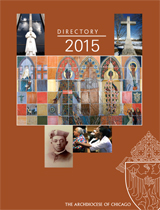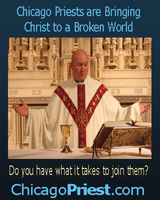February 1, 2009
He changed Chicago church
Born in New York in 1872 and ordained for the Brooklyn diocese in 1895, Cardinal George Mundelein was a thirdgeneration German-American and a confirmed Americanizer. Mundelein came to the Archdiocese of Chicago in 1915 at the age of 45.
He created the modern Archdiocese of Chicago. For example, in an effort to unite the immigrant Catholic population in the Archdiocese of Chicago, he stopped the formation of any new ethnic only parishes. He also created a system of administration and financing that enabled him, through World War I and the Depression, to organize Catholic Charities, create the Catholic cemetery system, build parishes and parochial schools, high schools and colleges and found Quigley Preparatory Seminary.
Pope Pius XI named him to the College of Cardinals in 1924. He was the first archbishop west of New York to be named a cardinal in the United States. It was a nod to the growing influence of Chicago in the Catholic Church in America.
In 1926, Cardinal Mundelein brought the 28th International Eucharistic Congress to the archdiocese. It was the first time this congress was held in the United States. The event split its time between Soldier Field in the city and St. Mary of the Lake Seminary.
Perhaps one of the most influential initiatives begun by Mundelein here was the formation of St. Mary of the Lake Seminary. At the time, priests in America went to ethnic seminaries respective to their descent for training. By establishing this new major seminary, the cardinal built a corps of American-born priests trained in the fashion of the major Roman seminaries.
– Catholic New World archives and “The Archdiocese of Chicago: A Journey of Faith.”
 Catholic
New World - Newspaper for the Archdiocese of Chicago
Catholic
New World - Newspaper for the Archdiocese of Chicago Archdiocese of Chicago Directory
Archdiocese of Chicago Directory Oficjalne wydawnictwo Archidiecezji Chicago w języku polskim
Oficjalne wydawnictwo Archidiecezji Chicago w języku polskim